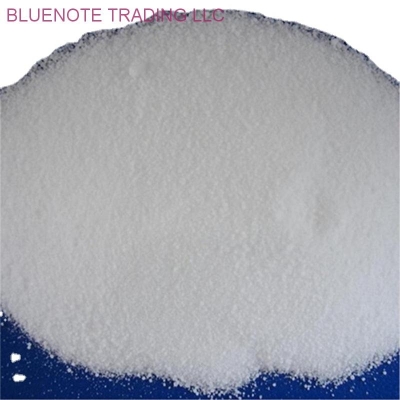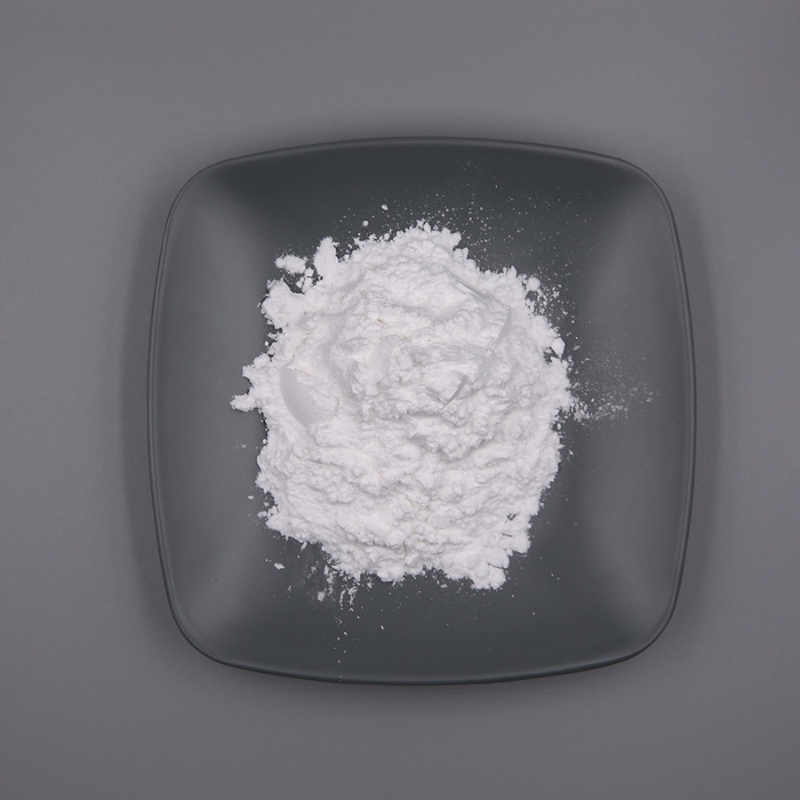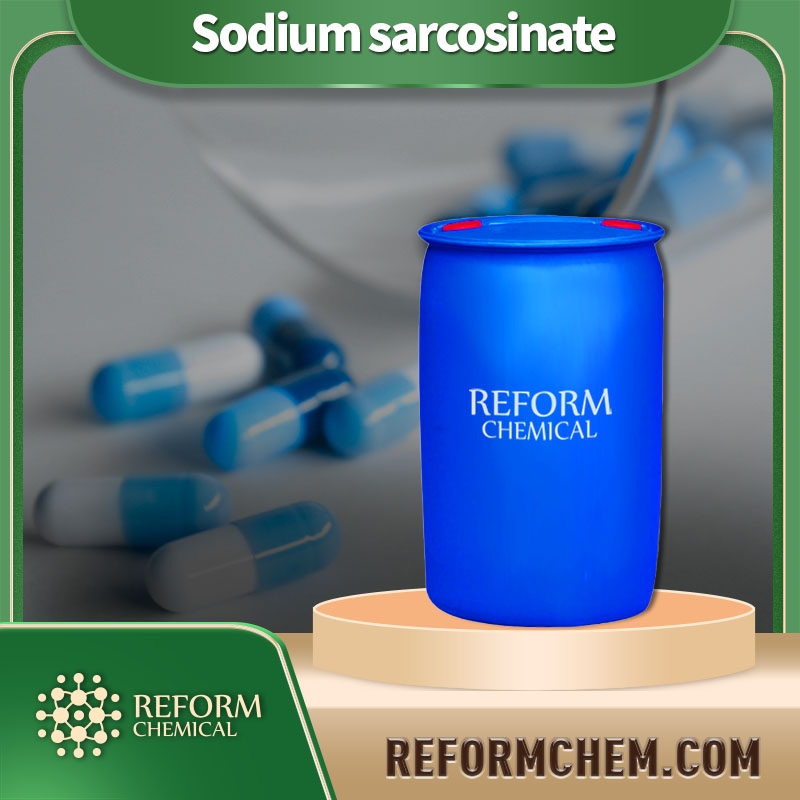Cosmetic Ingredient
- • Abrasive (124)
- • Absorbent (84)
- • Anticaking (66)
- • Anticorrosive (25)
- • Antifoaming (19)
- • Antimicrobials (290)
- • Antioxidant Ingredient (393)
- • Antiperspirant (20)
- • Antiplaque (48)
- • Anti-seborrheic (38)
- • Anti-sebum (39)
- • Antistatic (458)
- • Astringent (162)
- • Binding Agent (172)
- • Bleaching Agent (53)
- • Buffering (191)
- • Bulking (109)
- • Chelating (122)
- • Cleansing (679)
- • Cosmetic Colorant (212)
- • Cosmetic Preservative (158)
- • Denaturant (45)
- • Deodorant (98)
- • Depilatory (27)
- • Dissolving Agent (298)
- • Emollient (795)
- • Emulsifying Agent (480)
- • Emulsion Stabilising (154)
- • Exfoliating (19)
- • Film Forming (299)
- • Flavouring (72)
- • Foam Boosting (161)
- • Foaming (101)
- • Fragrance Ingredient (726)
- • Gel Forming (19)
- • Hair Conditioning (670)
- • Hair Dyeing (363)
- • Hair Fixing (36)
- • Hair Waving or Straightening (45)
- • Humectant (282)
- • Hydrotrope (92)
- • Keratolytic (20)
- • Light Stabilizer (80)
- • Moisturising Agent (50)
- • Nail Conditioning (42)
- • Occlusive (20)
- • Opacifying (119)
- • Oral Care (123)
- • Oxidising (19)
- • Perfuming (2105)
- • Plasticiser (98)
- • Propellant (19)
- • Reducing (50)
- • Refatting (12)
- • Refreshing (26)
- • Skin Cleansing (388)
- • Skin Conditioning (1751)
- • Skin Humectant (21)
- • Skin Protecting (282)
- • Smoothing (31)
- • Soothing (71)
- • Tonics (155)
- • UV Filter (34)
- • Viscosity Controlling (532)
Chemicals as Skincare Ingredients
Related News
-
Here's How to Test for a Reducing Sugar
2023-01-28
Reducing
Ammonium thiocyanate
(1762-95-4)-
Chemical Grade / 99%
-
-
- / 99.00%
-
Industrial Grade / 99%
Request for quotation , get quotes from more suppliers.
-
Industrial Grade / 99%
-
Industrial Grade / 99%
-
-
Different Grade / 99.9%
$0.1/KG EXW
Request for quotation , get quotes from more suppliers.
Ammonium thioglycolate
(5421-46-5)-
Cosmetics Grade / 99%
-
-
- / 0.00%
-
- / 99.00%
Request for quotation , get quotes from more suppliers.
-
Industrial grade / 99%
$1-1.3/KG FOB
-
Chemical Grade / 99%
-
- / 99.00%
-
-
- / 99.00%
-
AR Grade / 99%
-
![AFC buy AFC]()
Industrial Grade / 99.0%
-
![AFC buy AFC]()
Industrial Grade / 99%
Request for quotation , get quotes from more suppliers.
Source Reducing Products Supply
-
![ammonium 2-mercaptopropionate buy ammonium 2-mercaptopropionate]()
Industrial Grade / 99.0%
-
![ammonium 2-mercaptopropionate buy ammonium 2-mercaptopropionate]()
-
![ammonium 2-mercaptopropionate buy ammonium 2-mercaptopropionate]()
-
![ammonium 2-mercaptopropionate buy ammonium 2-mercaptopropionate]()
Industrial Grade / 99%
Request for quotation , get quotes from more suppliers.
Acetic acid, 2-oxo-, sodium salt (1:1)
(2706-75-4)-
![SODIUM GLYOXYLATE CAS NO 2706-75-4 buy SODIUM GLYOXYLATE CAS NO 2706-75-4]()
Industrial Grade, Feed Grade, Food Grade, Pharma Grade / 99%
$11.11/KG EXW
-
![SODIUM GLYOXYLATE buy SODIUM GLYOXYLATE]()
-
![SODIUM GLYOXYLATE buy SODIUM GLYOXYLATE]()
Industrial Grade / 99%
-
![Sodium glyoxylate buy Sodium glyoxylate]()
Different Grade / 99.9%
$0.1/KG EXW
Request for quotation , get quotes from more suppliers.
More Information
Reducing agents fulfill the function of antioxidation by capturing free radicals and supplying electrons, effectively counteracting oxidative stress on the skin. Additionally, they prevent oxidation reactions of other components in cosmetics, thereby maintaining product stability and original performance, prolonging the shelf life of cosmetics, and enhancing product durability.
Common reducing agents include:
● Ascorbic acid (Vitamin C)
● Tocopherol (Vitamin E)
● Niacinamide (Vitamin B3)
● Glutathione
● Coenzyme
● Alpha-lipoic acid





























